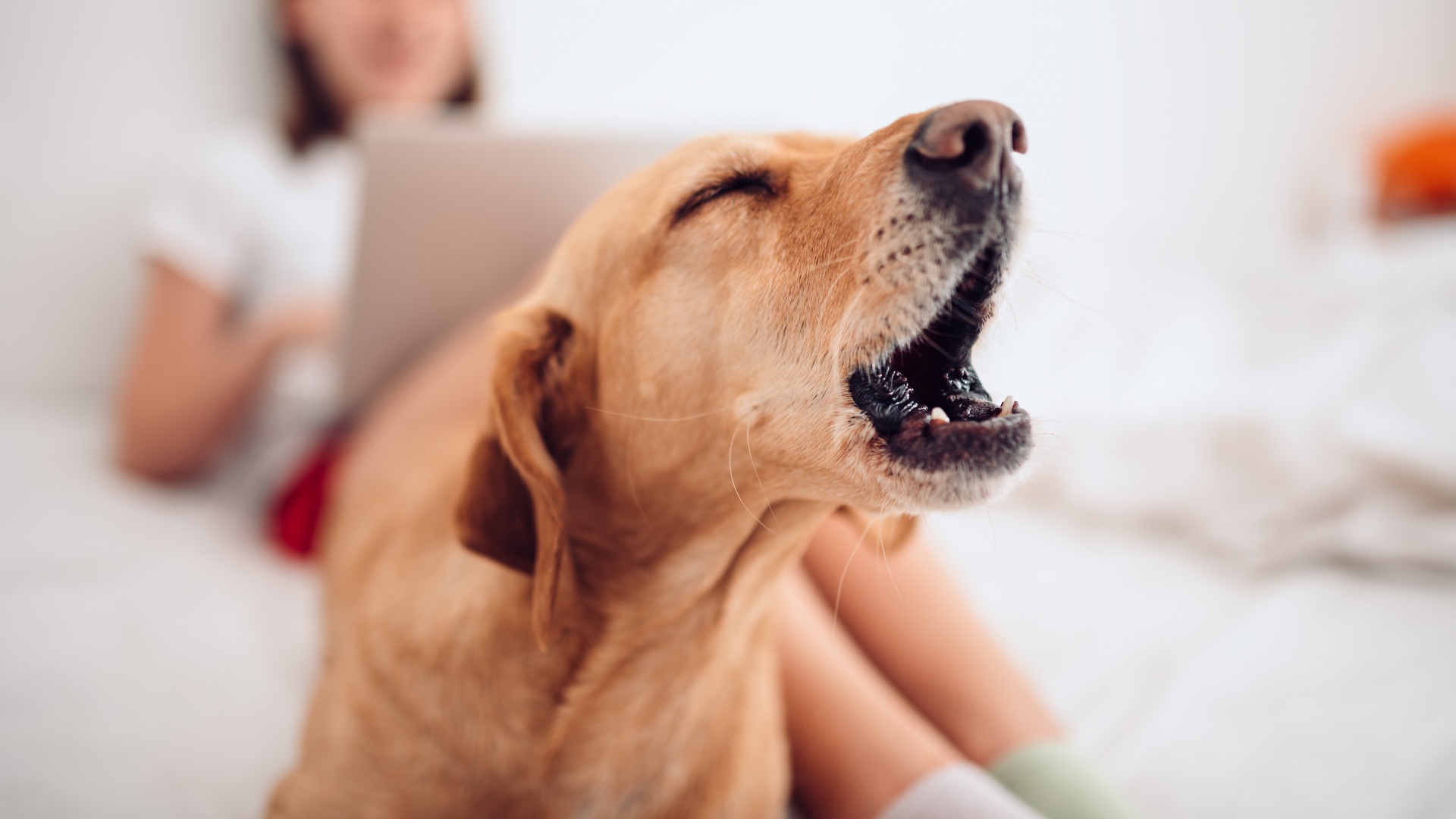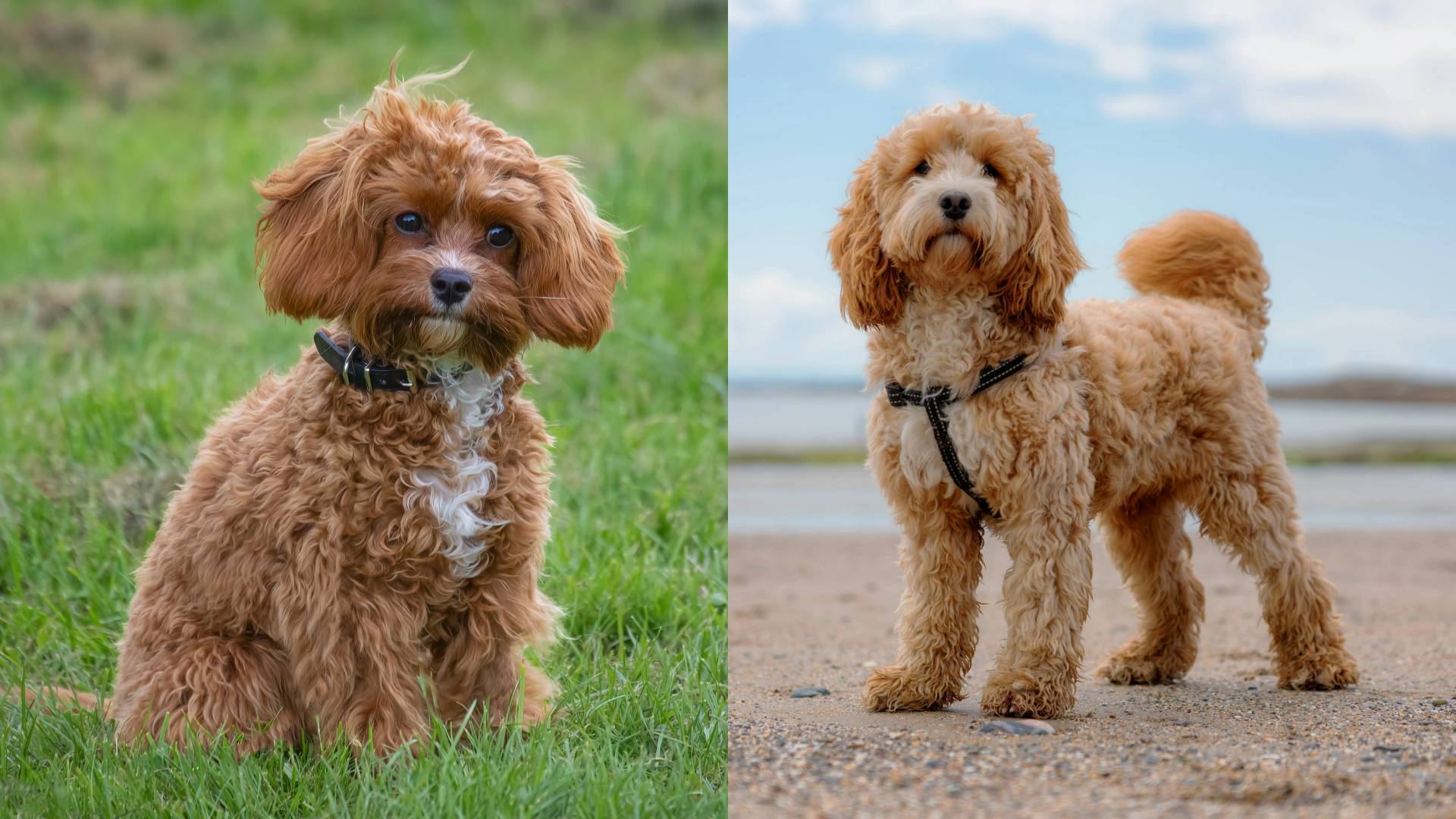Canine expert reveals five factors to consider before training your reactive dog
Do you have a reactive dog? Here's five things to be aware of before you start training them

If you've been struggling to train your reactive dog, rest assured you're not alone. Reactivity is one of the biggest challenges dog owners face and it can leave you feeling trapped in your own home.
Learning how to calm a reactive dog is one of the most important skills you can learn if you have a canine companion who gets easily triggered by certain stimuli in their environment.
However, if you're anything like us, you may not be aware that training shouldn't be the first port of call with a reactive dog. Instead, we need to look at the bigger picture so that we can understand our dogs a little better.
To help you do just that, expert trainer and behaviorist Nikki Mather has come to the rescue with a handy Instagram post in which she shares five things all pet parents need to be aware of before training their reactive dog. Let's take a look...
A post shared by Positive Steps Dog Training (@positivestepsdogtraining)
A photo posted by on
1. Triggers: "Anything that causes your dog to feel stress, arousal (can be excitement too), pain or fear. Triggers can be both good and bad! A good trigger may be the tennis ball, whilst a bad trigger may be other dogs. Make sure you understand your dogs biggest triggers, so that you understand what you’re working with," explains Mather.
2. Coping threshold: "How much can your dog tolerate before they reach ‘breaking point’, meaning they can no longer cope with the level of stress/fear etc. We must know this threshold so that we can avoid putting our dogs into situations they cannot handle, therefore preventing them from entering fight/flight/freeze mode and rehearsing unwanted behavior," Mather advises.
3. Stress relief: "Are they getting enough outlets for stress relief, such as sleep, sniffing opportunities, decompression walks, chewing, exercise, mental activities etc," says Mather. It's important to learn how to play with a dog so that you can be sure you're giving them all the mental and physical enrichment they need to thrive. Taking your dog on a sniffari can also be a great way to help relieve stress and tire them out.
PetsRadar Newsletter
Get the best advice, tips and top tech for your beloved Pets
4. Emotional needs: "Before any type of training, we have to prioritize our dog’s emotional well-being," explains Mather. "This can include stress management, daily exercise, medical wellbeing, quality diet, breed-specific needs, social opportunities etc."
5. Lifestyle: "For both you and your dog, what do your daily routines look like?," Mather asks. "Consider sleep patterns, walks, type of walks, exercise level, diet, feeding times, social interaction, enriching activities etc."
Remember, when it comes to reactivity, your dog needs you to advocate on their behalf and to support them to feel calmer and more confident in triggering situations.
It can be a challenging issue to deal with, so if you feel you and your pup would benefit from some extra support, we recommend reaching out to a professional trainer.

Kathryn is a freelance writer who has been a member of the PetsRadar family since it launched in 2020. Highly experienced in her field, she's driven by a desire to provide pet parents with accurate, timely, and informative content that enables them to provide their fur friends with everything they need to thrive. Kathryn works closely with vets and trainers to ensure all articles offer the most up-to-date information across a range of pet-related fields, from insights into health and behavior issues to tips on products and training. When she’s not busy crafting the perfect sentence for her features, buying guides and news pieces, she can be found hanging out with her family (which includes one super sassy cat), drinking copious amounts of Jasmine tea and reading all the books.
